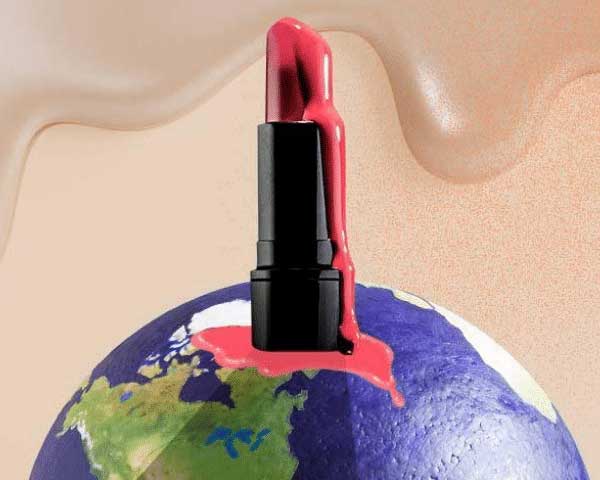The Great Leap Forward: Healthcare

Photo Credit: Wired Magazine-UKI
The Great Leap Forward: Healthcare
Access to healthcare and pathways for treatment are undergoing a foundational shift in the United States driven by consumer expectations rapidly changing.
“38% of Americans are dissatisfied about the quality of healthcare.”
Driven by poor service, rising costs, undesirable outcomes and accelerated by the pandemic: healthcare in the United States is undergoing a foundational shit driven by rapidly changing consumer expectations.
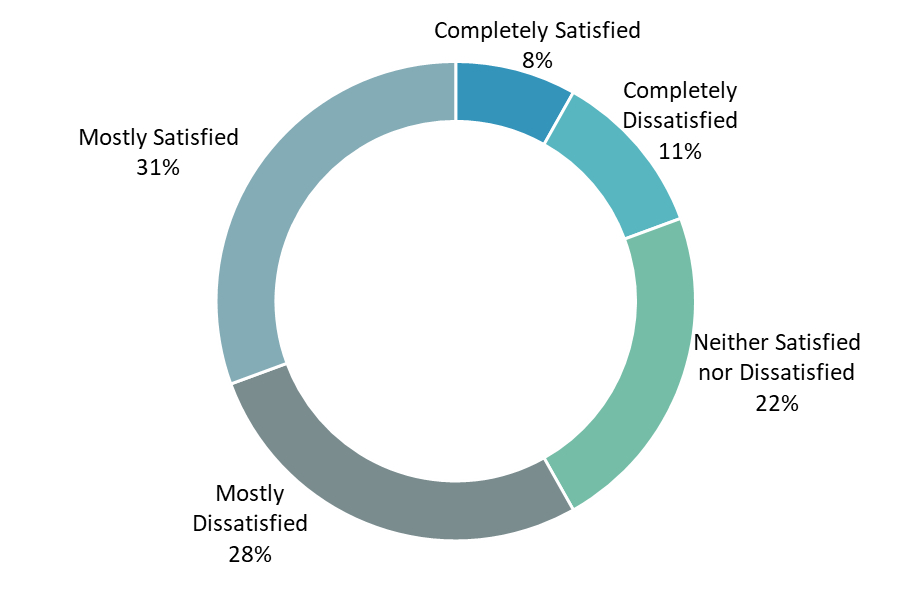
Consumerism of: Healthcare
Consumers increasingly have greater access to information and options for treatment, forever changing the way healthcare is approached. The future of healthcare consumerism will require brands and retailers to lean in on transparency, personalization and convenience to meet swiftly changing consumer expectations.
“90% of the annual healthcare spend in the US is for people with chronic and mental health conditions.”
Expanding treatment options:
Clearing

Chronic Pain
Roman
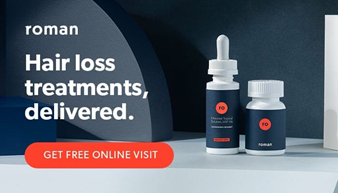
Men's Health
Rory
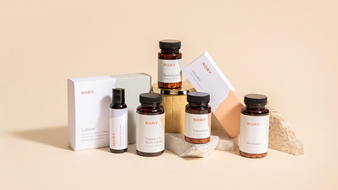
Women's Health
Talk Space

Mental Health
Apostrophe

Acne
The Rise of social shopping is here
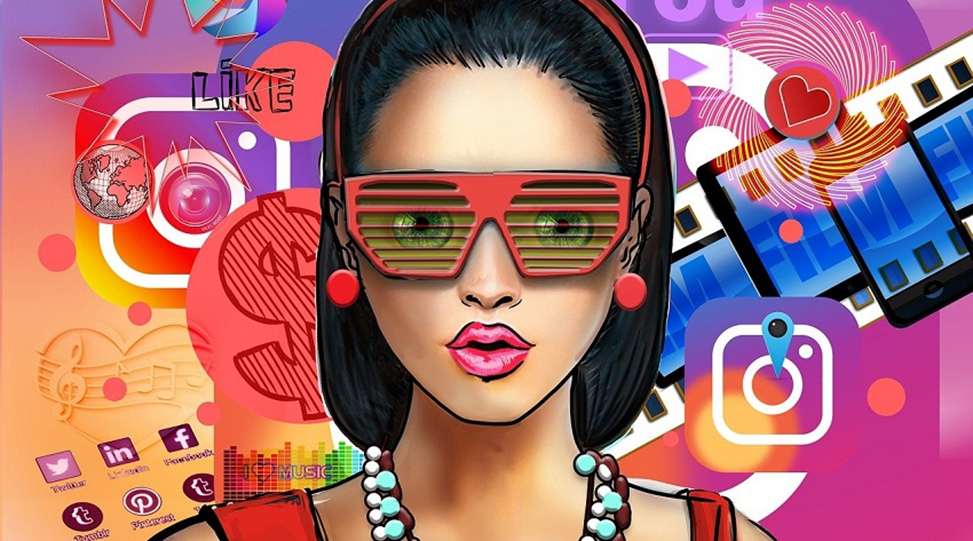
Photo Credit: Insider London
The Rise of social shopping is here
As permanent shifts in consumer behavior prioritize convenience and seamless shopping experiences from product discovery to check out. Retail now extends far beyond the four walls of a physical store, while eCommerce is no longer just the two-dimensional experience of a transactional website.
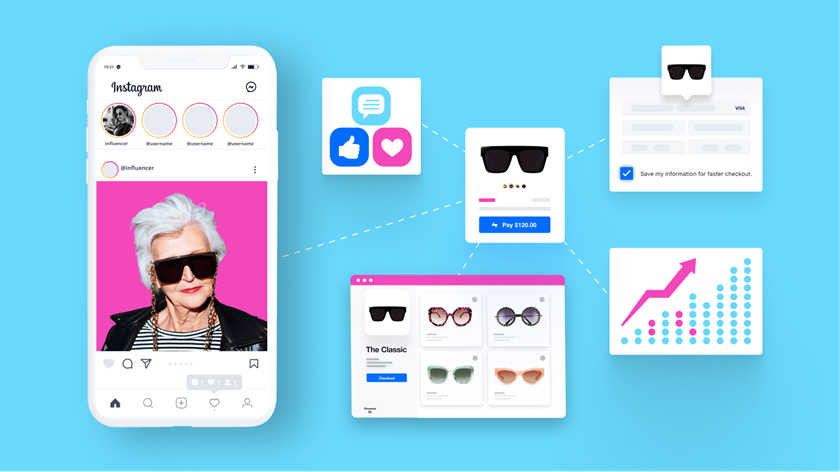
Social Commerce brings the store to the consumer,
Meeting them where they are as product discovery, search and click-to-purchase all occur on social media. Social platforms are mobile-friendly making it a more accessible way to reach many audiences. Social Commerce is already a mature distribution channel in China; 35.5% growth in 2021 to $363B which is 10 times the social commerce sales in the U.S.
“U.S. marketers can look to China as a roadmap for social commerce’s development as many of the trends that will drive its growth originated in China (ie: Livestream Shopping)”
Social Commerce sales in the U.S. are picking up,
And will become mainstream before we know it. As a segment of eCommerce, eCom growth since 2003, further accelerated by the pandemic, has skyrocketed the US Social Commerce market-expected to exceed $50B annually by 2023.
It is now far more accessible for brands of all sizes to leverage Social Commerce as an element of a strong omnichannel strategy to drive engagement and sales.

Social Commerce is here to stay, becoming the customized shopping experience of the future, as a frictionless journey benefits consumers, brands and retailers.
How to tap into the brave new world of the Metaverse

Photo Credit: Design by Sean McCabe
How to tap into the brave new world of the Metaverse
The metaverse once considered a niche concept, has careened into the mainstream landscape and health and beauty companies are staking their claim.
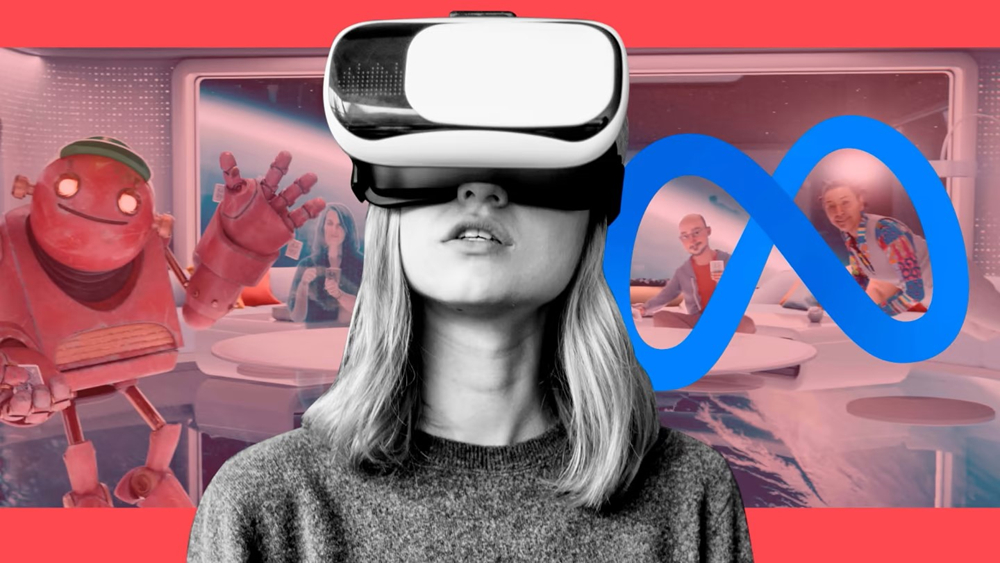
Seriously though, what does ‘Metaverse’ mean?
Broadly speaking, the technologies that make up the metaverse include virtual reality (characterized by persistent virtual worlds that continue to exist even when you’re not playing) as well as augmented reality that combines aspects of the digital and physical worlds. However, it doesn’t require that those spaces be exclusively accessed via VR or AR. A virtual world, like aspects of Fortnite (online video game) that can be accessed through PCs, game consoles, and even phones could be metaversal.
The metaverse also translates to a digital economy, where users can create, buy and sell goods. Currently, most platforms have virtual identities, avatars, and inventories that are tied to just one platform, but a metaverse will allow you to create a persona that you can take everywhere as easily as you can copy your profile picture from one social network to another.
Social Commerce sales in the U.S. are picking up,
For many years, healthcare delivery entailed the physical interaction between a patient and physician as a means to receive a diagnosis, medical treatment, or operative care. This changed slightly with the advent of telehealth, which delivered the patient-physician relationship through digital means and the internet. But these paradigms are now at the cusp of an even larger, more monumental form of disruption. AR/VR are quickly bringing forth possibilities that were never previously imagined.
Innovators in this space such as MicrosoftMesh, the companies new “Mixed Reality” platform that aims to make digital connections life-like and enable new ways to remotely teach, learn and perform tasks virtually. Famous computer systems & chip designer NVIDIA is also attempting to innovate in this space with its Omniverse platform- “easily extensible, open platform built for virtual collaboration and real-time physically accurate simulation.”
While AR/VR technology hold incredible promise for healthcare, it must also be developed in a way that does not encroach upon or mitigate the sensitive, humanistic, and sacred patient-physician relationship that has long-defined healthcare.
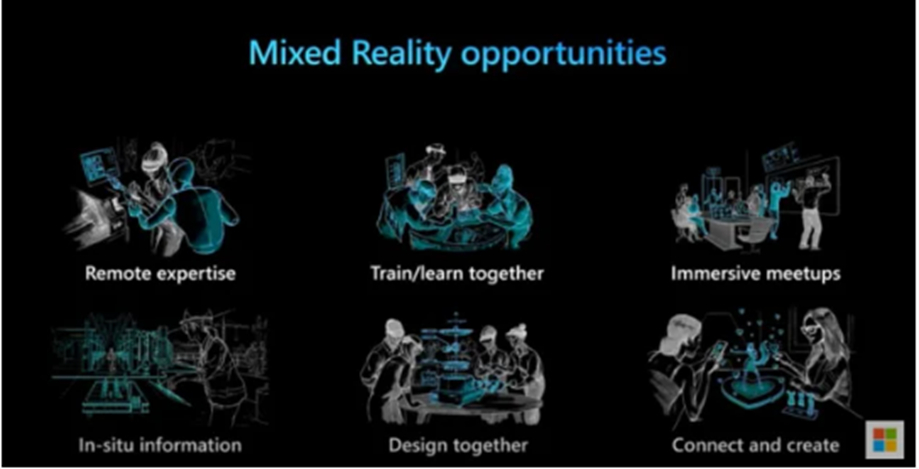
Beauty in the Metaverse: How beauty brands are tapping into this brave new world?
Hot on the heels of fashion, it’s now the beauty industry’s turn to jump into the metaverse. While the pandemic has created a shift in beauty routines, our counterparts in the virtual world can now experiment and treat themselves to the most cutting-edge of beauty routines.
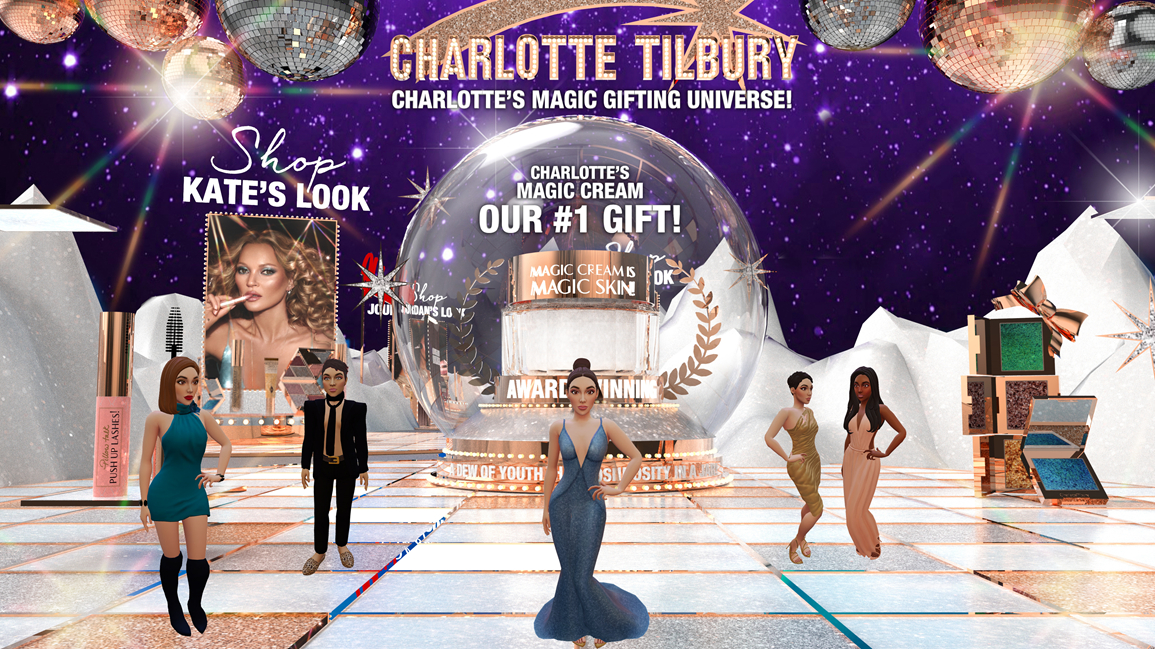
Beauty and video games might not be the most obvious stablemates, but not only is the gaming world shaking off its typical gender and generational stereotypes, but brands have also understood the potential of these parallel worlds to present and promote their products and build bigger and more diverse community. Notable beauty brands taking this hybrid approach and collaborating with gaming and eSports communities include Charlotte Tilbury sponsoring the Girl Gamer Festival in 2021; L’Oreal owned YSL Beaute partnership with streamer Talia Mar for a sponsored stream promoting the Black Opium Fragrance and Estee Lauder’s microsite arcade, where users play arcade-style minigames and learn about the brands Advanced Night Repair serum.
As well as promoting products in the metaverse, brands can also offer non-fungible tokens or NFTs, which are on the rise. Nars, for example, celebrated its hero blush Orgasm by commissioning a collection of 3 NFT artworks by artists Sara Shakeel, Azede Jean-Pierre, and Nina Kraviz. Givenchy Parfums also partnered with artists from Rewind Collective and London gallery owner and LGBTQIA+ activist Amar Sing on an NFT Pride digital artwork. Lastly e.l.f. cosmetics created NFTs that allowed customers to purchase their cult classic products such as the Poreless Putty Primer saturated in gold.
These are only a few of the beauty brands that are early adapters to the new virtual landscape of the future, but more brands are continuing to enter into this new world at great speed.

Consumerism of Healthcare
Consumers increasingly have greater access to information and options for treatment, forever changing the way healthcare is approached. Consumers will be more in control of their day-to-day health with support from their care teams.
Content by: Zach Stewart
Social Commerce is now accessible
It is now far more accessible for brands of all sizes to leverage Social Commerce as an element of a strong omnichannel strategy to drive engagement & sales. Social Commerce is here to stay, becoming the customized shopping experience of the future as a frictionless journey benefits consumers, brands & retailers
Content by: Elise Morgan
The Functional Food & Drinks BOOM
Functional food and nutritional drinks continue to boom, competing against vitamins & supplements by how they are positioning their wellness products and the added benefits they provide. Learning outside of Health & Beauty is a good way to understand the full “competitive set.” By layering on wellness benefits, food & beverage companies could be where your brand’s leaked dollars are going.
Content by: Natalie Ryan
The Functional Food & Drinks BOOM
For some, the metaverse represents new job opportunities as major companies and start-ups alike try to get a piece of this emerging virtual world. But working entirely in the metaverses is unlikely when it comes to the near term, based on the available technologies it’s important for companies and brands to ease their way into this new space and take their time finding their niche.
Content by: Meagan Wos








